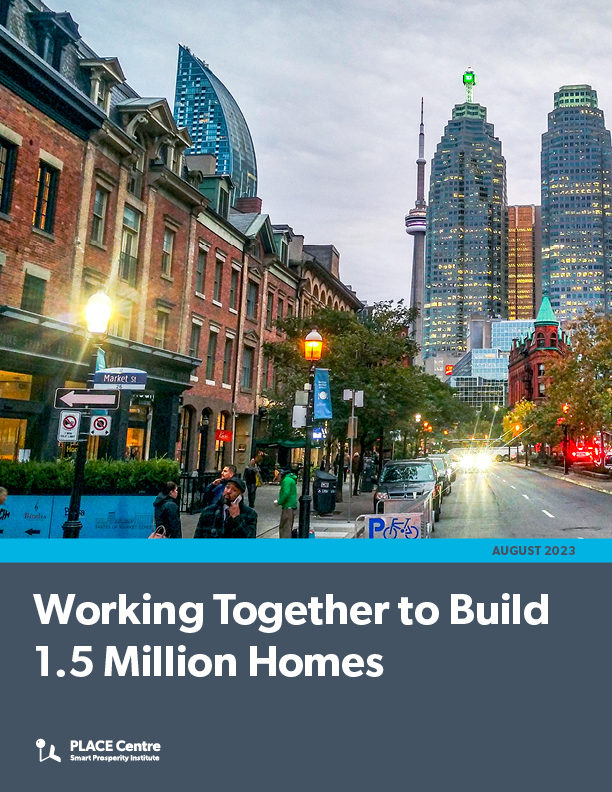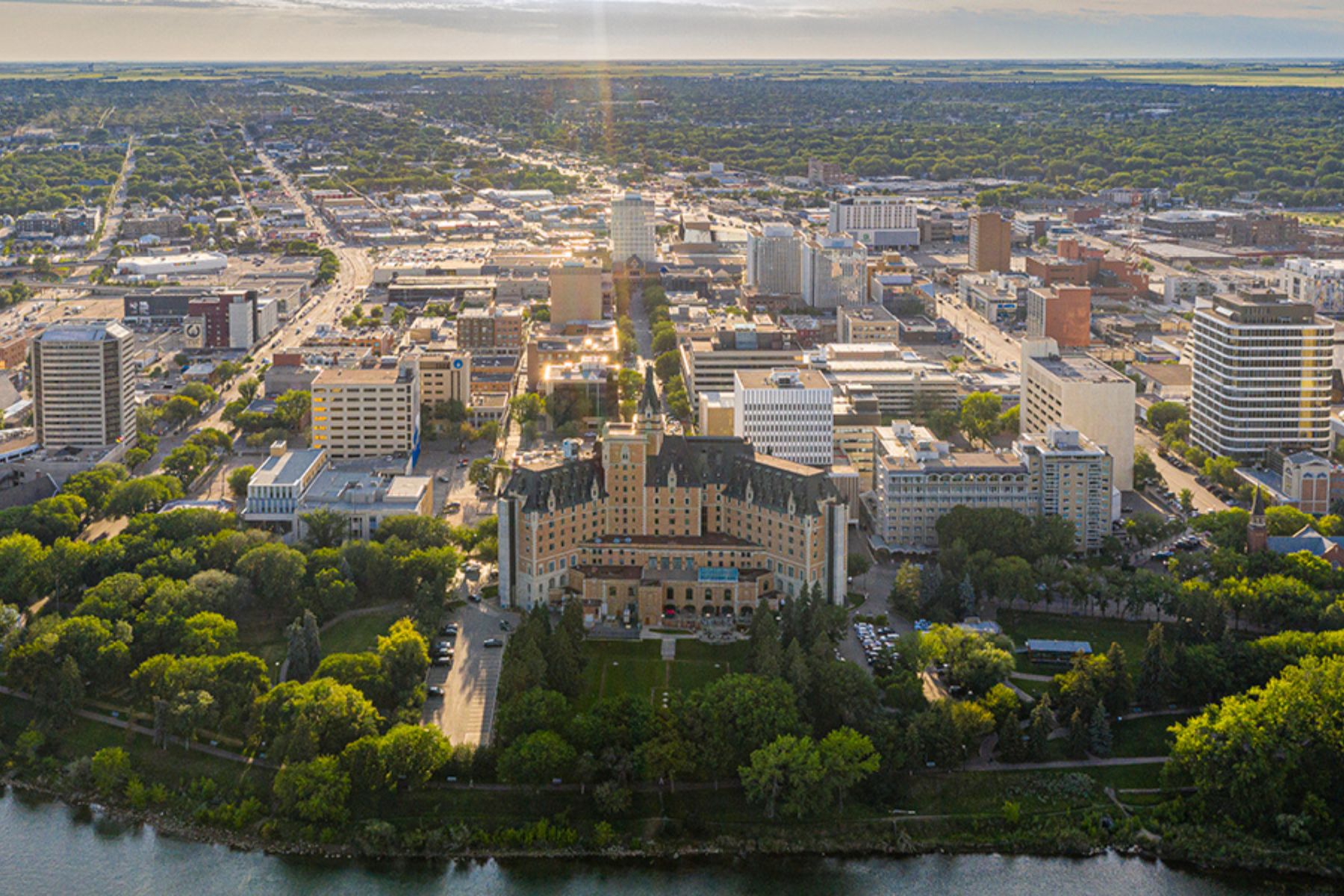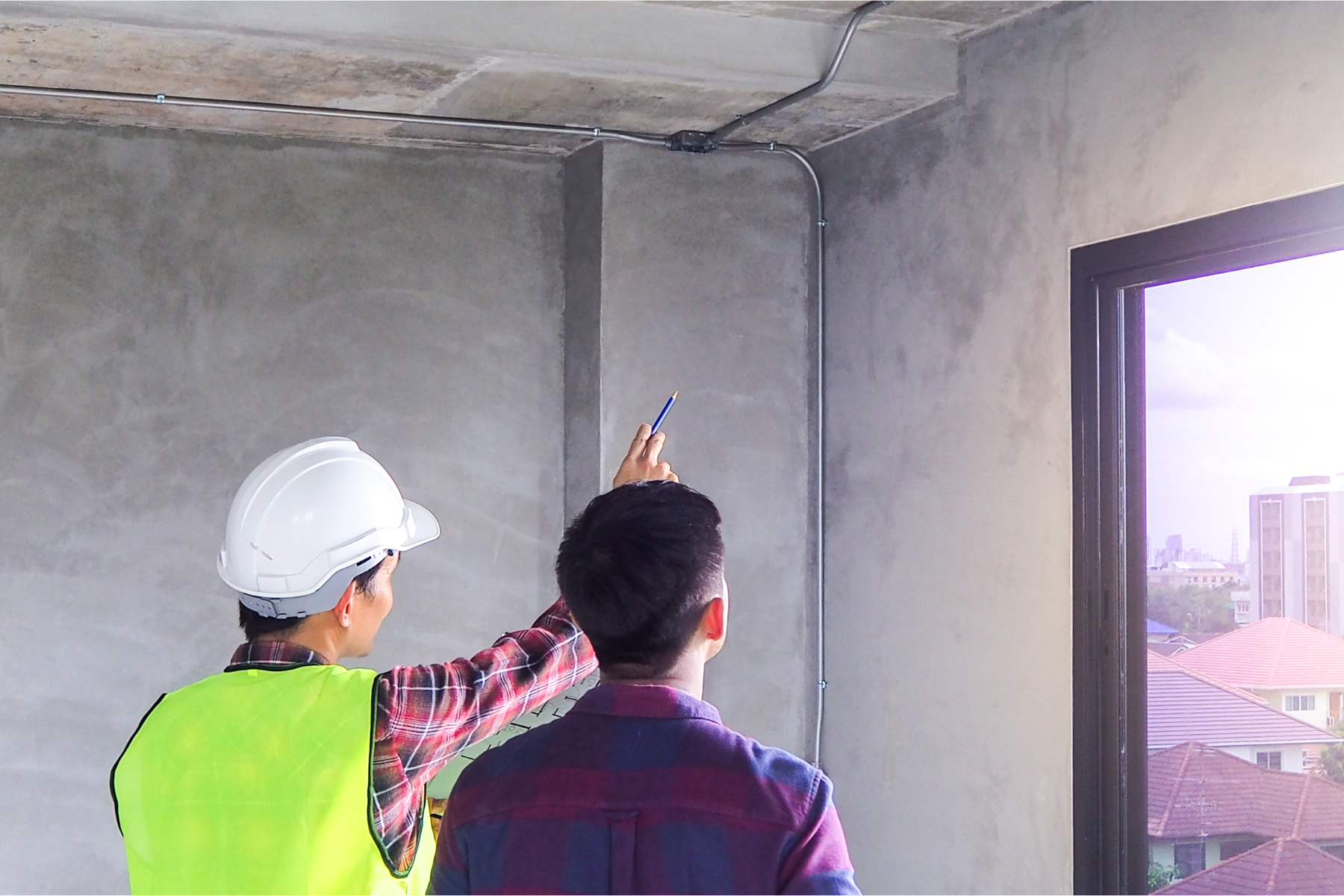To keep up with an aging and growing population, it is projected that Ontario will need to build 1.5 million homes in the next ten years. Yet, Ontario has never built more than 850,000 homes in a ten-year period. Who is responsible for making this 1.5 million homes goal a reality, while making it happen in an environmentally responsible way?
The short answer: All three levels of government, along with the higher education sector,
developers and builders, trade unions, not-for-profit groups, and the financial services industry. Just to name a few.
This is why the PLACE Centre, in collaboration with Ontario’s Big City Mayors, has released a new report -- Working Together to Build 1.5 Million Homes – that calls upon all levels of government, industry, and labour actors in the housing system to come together to create a plan to make this 1.5 million homes objective a reality.

Any plan however, must address the six core challenges identified in the report as slowing down housing construction:
- A lack of coordination between governments and the private and public sector
- Shortages in materials, financing, and skilled labour (from electricians to planners)
- High costs, including taxes and fees, that make many projects unviable
- Slow-to-no productivity growth in the homebuilding
- A regulatory environment that prevents many high-quality, climate-friendly homes from being built
- A lack of non-market housing, from co-op housing to on-campus student rentals
In particular, the first challenge regarding a lack of coordination creates a need for government, industry, and labour to come together and develop a plan outlining roles and responsibilities, alongside a shared accountability framework with regular meetings and updated plans to track the progress of each actor in the housing system. To track progress and hold actors accountable, appropriate, consistent, reliable, and current data must be made available.
There are dozens of other things that both governments and other actors in the system can do to address the rest of the challenges. The report also stresses that simply building homes is not sufficient and that thought must go into making communities where families can raise children, there is adequate infrastructure, and homes are affordable and accessible to all. And these communities must be built with the country’s climate and environmental goals in mind.







